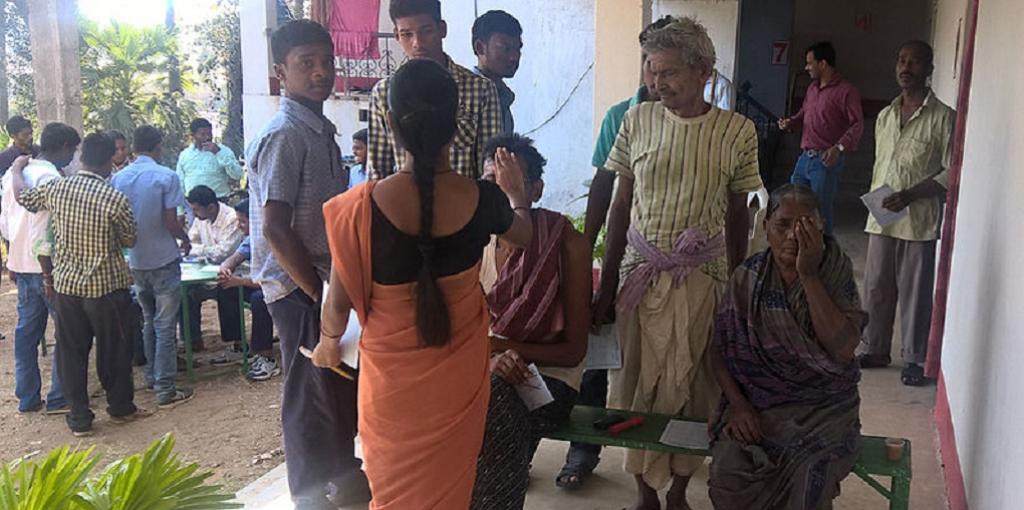

Women are 69% more likely to develop cataract — clouding of the normally clear lens of the eye — than men



Indian women are 35 per cent more likely to be blind than men, owing to gender disparity and a few plausible biological factors, according to a study.
Women's chances of develop cataract — clouding of the normally clear lens of the eye — are 69 per cent more than their male counterparts, revealed the study published in British Journal of Ophthalmology and released on July 16, 2019.
For the research, a team of doctors at All India Institute of Medical Sciences in New Delhi analysed 22 studies on blindness and accessibility of cataract surgical coverage (CSC) — an indicator to measure the impact of cataract intervention programmes.
Gender plays a major role in blindness (35 per cent) and cataract blindness (33 per cent), showed the data.
While this could be, in part, attributed to longer life expectancy among the fairer sex, low access to CSCs hold the key reason, Sumit Malhotra, Department of Community Medicine of AIIMS, told Down To Earth.
“Cataract happens due to wear and tear of the eye lenses. More the age, more the wear and tear,” he added.
“Only 27 per cent of women are likely to get a surgery as compared to men. The lower coverage of CSC among women is, according to us, a major contributory factor,” Malhotra said.
A similar trend was observed even in Pakistan and Nigeria, according to Malhotra.
The National Blindness Control Programme (NBCP), launched by the health ministry in the 1970s, has worked to reduce the overall blindness in the country, but major gaps still remain in the implementation.
“We have seen that the programme has catered to more men than women,” Malhotra said.
Women traditionally had poor access to the coverage of services, possibly because cataract surgery requires travelling outside the village, something they are less likely to do because of their families.
Further, surgery was considered more significant for men than women, as they are the earning members in the family, the study found.
On the other hand, the condition of women was much better in places where cataract screening and surgery was done at village level, Malhotra said.
“This clearly reveals that if ophthalmic care is taken to primary health centres, which does not require much paraphernalia, can give substantial results,” he added.
Besides these socio-economic factors, lack of oestrogen could also explain the high prevalence of cataract blindness among women.
“We have not mentioned this in our paper but post menopause, the level of oestrogen decreases, which may be a reason. But there is limited evidence to suggest the role of oestrogen in preventing cataract,” Malhotra said.
Lacks of awareness combined with myths associated with cataract in villages also contribute to the risk.
For example, some people believe that they should not get a surgery done till the cataract matures. Such myths, according to doctors, affect women more than men.
There is a need to increase the IEC (information, education and communication) activities in such areas, Malhotra suggested.
We are a voice to you; you have been a support to us. Together we build journalism that is independent, credible and fearless. You can further help us by making a donation. This will mean a lot for our ability to bring you news, perspectives and analysis from the ground so that we can make change together.
India Environment Portal Resources :

Comments are moderated and will be published only after the site moderator’s approval. Please use a genuine email ID and provide your name. Selected comments may also be used in the ‘Letters’ section of the Down To Earth print edition.